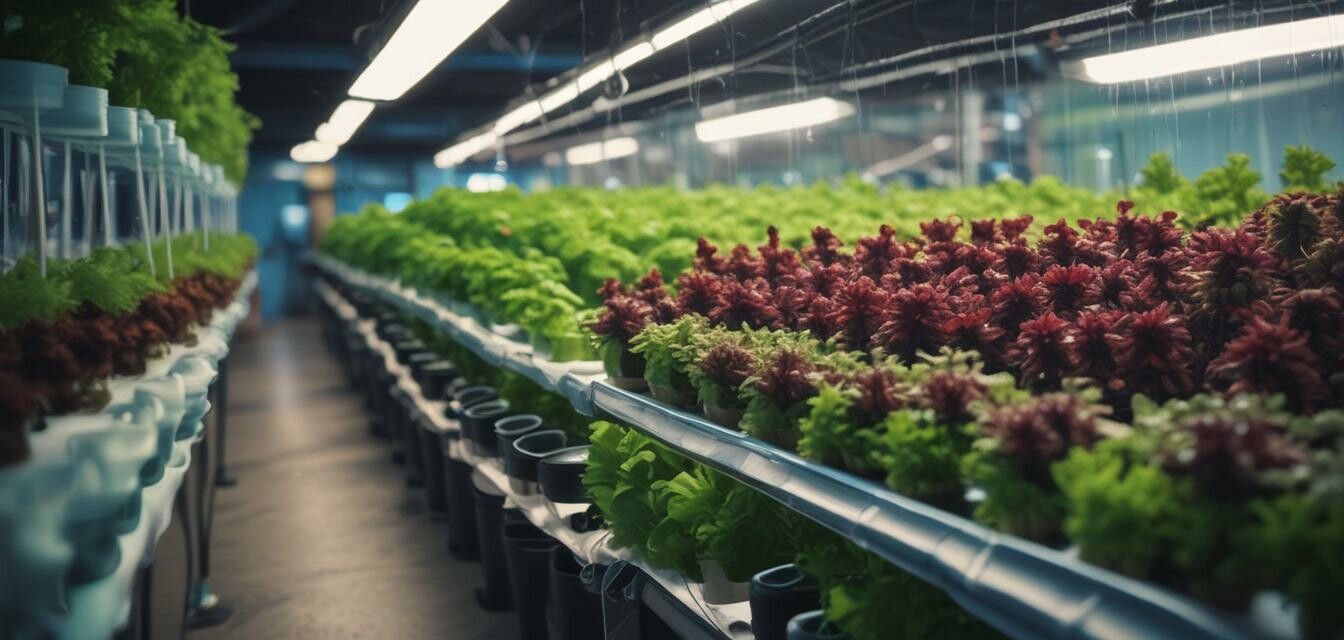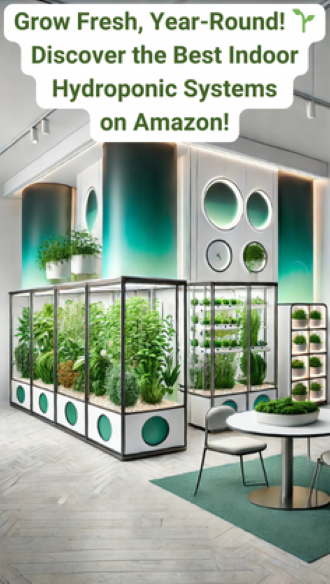
Custom Nutrient Solutions for Different Plant Types
Key Takeaways
- Different plants require unique nutrient mixes for optimal growth.
- Understanding the specific needs of your plants can prevent nutrient deficiencies.
- Regular monitoring of pH and EC levels is crucial for maintaining nutrient balance.
- Adapting your nutrient solution can lead to more robust yields and healthier plants.
Hydroponics is an innovative method for cultivating plants without soil, and one of the most important aspects to ensure success is providing the right nutrients to your plants. Different plant varieties have varying requirements, and customizing nutrient solutions for those needs can make all the difference in growth and yield. In this article, we will explore how to tailor your nutrient mixes based on plant types, ensuring you can achieve optimal results in your indoor garden.
Understanding Plant Nutrient Requirements
Each plant species has its own specific nutrient needs. The essential nutrients can be classified into two categories:
- Macronutrients: These are nutrients that plants require in larger quantities, including nitrogen (N), phosphorus (P), and potassium (K).
- Micronutrients: These are needed in smaller amounts but are equally important, such as iron (Fe), magnesium (Mg), and zinc (Zn).
Common Plant Types and Their Nutrient Needs
| Plant Type | Macronutrients | Micronutrients | Special Requirements |
|---|---|---|---|
| Leafy Greens | Nitrogen-rich fertilizers (higher N) | Iron, calcium | Requires a balanced pH around 6.0-6.5 |
| Fruiting Plants | Higher phosphorus and potassium | Magnesium, sulfur | Needs a slightly acidic pH (5.8-6.2) |
| Herbs | Balanced N-P-K ratios | Iron, copper | Tolerates varying pH levels but prefers around 6.0 |
| Cucumbers | High potassium levels | Calcium, boron | Thrives at pH 5.5-6.0 |
Mixing Your Custom Nutrient Solutions
Understanding how to blend nutrients is an integral part of hydroponic gardening. Here’s a step-by-step guide to mixing your custom solutions:
- Gather the essential nutrients: macronutrients and micronutrients appropriate for your plant type.
- Use distilled or reverse osmosis water to avoid impurities.
- Measure and pour the required amount of each nutrient into the water.
- Stir the mixture thoroughly until all nutrients are fully dissolved.
- Check the solution's pH and adjust if necessary. Aim for the optimal pH for your specific plants.
- Monitor the electrical conductivity (EC) to ensure the concentration is within the recommended range for your plants.
Importance of pH and EC Levels
Maintaining correct pH and EC levels is vital for nutrient absorption. If these levels are out of balance, plants can suffer from nutrient deficiencies or toxicities. Regular testing can help you make necessary adjustments.
Common Nutrient Deficiencies and Solutions
Even with the best nutrient solutions, you may still encounter deficiencies. Here are some common signs and solutions for various deficiencies:
| Nutrient Deficiency | Signs | Solution |
|---|---|---|
| Nitrogen | Yellowing leaves, stunted growth | Add a nitrogen-rich nutrient |
| Iron | Chlorosis (yellowing between veins) | Include iron chelates in your solution |
| Calcium | Brown spots, blossom end rot | Increase calcium levels through targeted nutrients |
| Potassium | Leaf curling, poor fruit development | Add potassium-rich fertilizers |
Best Practices for Nutrient Management
Implementing effective nutrient management practices will enhance your hydroponic garden's performance. Here are some tips:
Tips for Beginners
- Start with a general-purpose nutrient solution before customizing.
- Keep a log of your nutrient adjustments and plant responses.
- Invest in quality pH and EC meters for accurate monitoring.
- Observe plant growth regularly to identify potential issues early.
Understanding Hydroponic Systems
If you’re new to hydroponics or want to explore the variety of available systems, consider checking out our guide on countertop hydroponic kits for a compact start or dive into vertical hydroponic systems for maximizing space.
Pros
- Customized nutrient solutions lead to healthier plants.
- Adapting your mix prevents common nutrient deficiencies.
- Enhanced growth rates can lead to higher yields.
Cons
- Requires careful monitoring and adjustments.
- Can be difficult for beginners to master quickly.
- Inaccurate measurements can lead to over-fertilization.
Conclusion
Customizing nutrient solutions for different plant types is essential to achieving healthy growth in hydroponics. By understanding the specific needs of each plant, maintaining proper pH and EC levels, and regularly monitoring your solutions, you can enhance your gardening success. If you're eager to delve deeper into nutrient management techniques, don't hesitate to explore our blog on nutrient management for further tips and insights.
